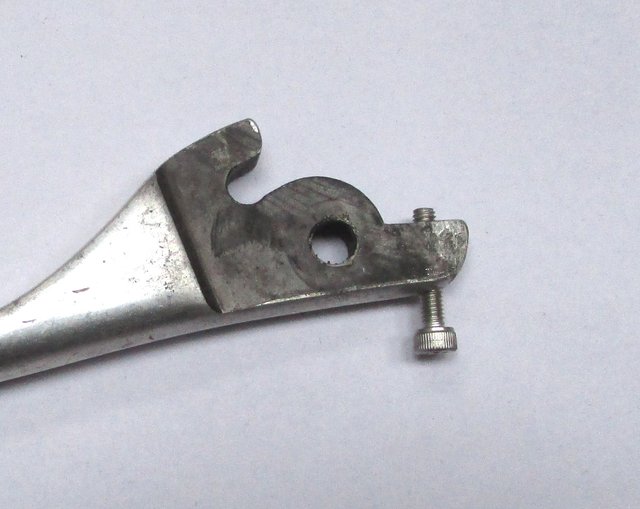- Joined
- Oct 5, 2021
- Messages
- 81
If anyone is having bleeding problems with there disc brake. What I have found is to make sure the line is below the master not looped above. My next trick is to pack the pistons all the way in with timber blocks expelling all the fluid and air you can. Then bleed as normal pull the blocks out fit the caliper to rotor and pump the lever until you get brakes this normally works for me.
Good luck
Good luck

